The Real Reason McDonald’s Removed Cheeseburgers from the Happy Meal Menu
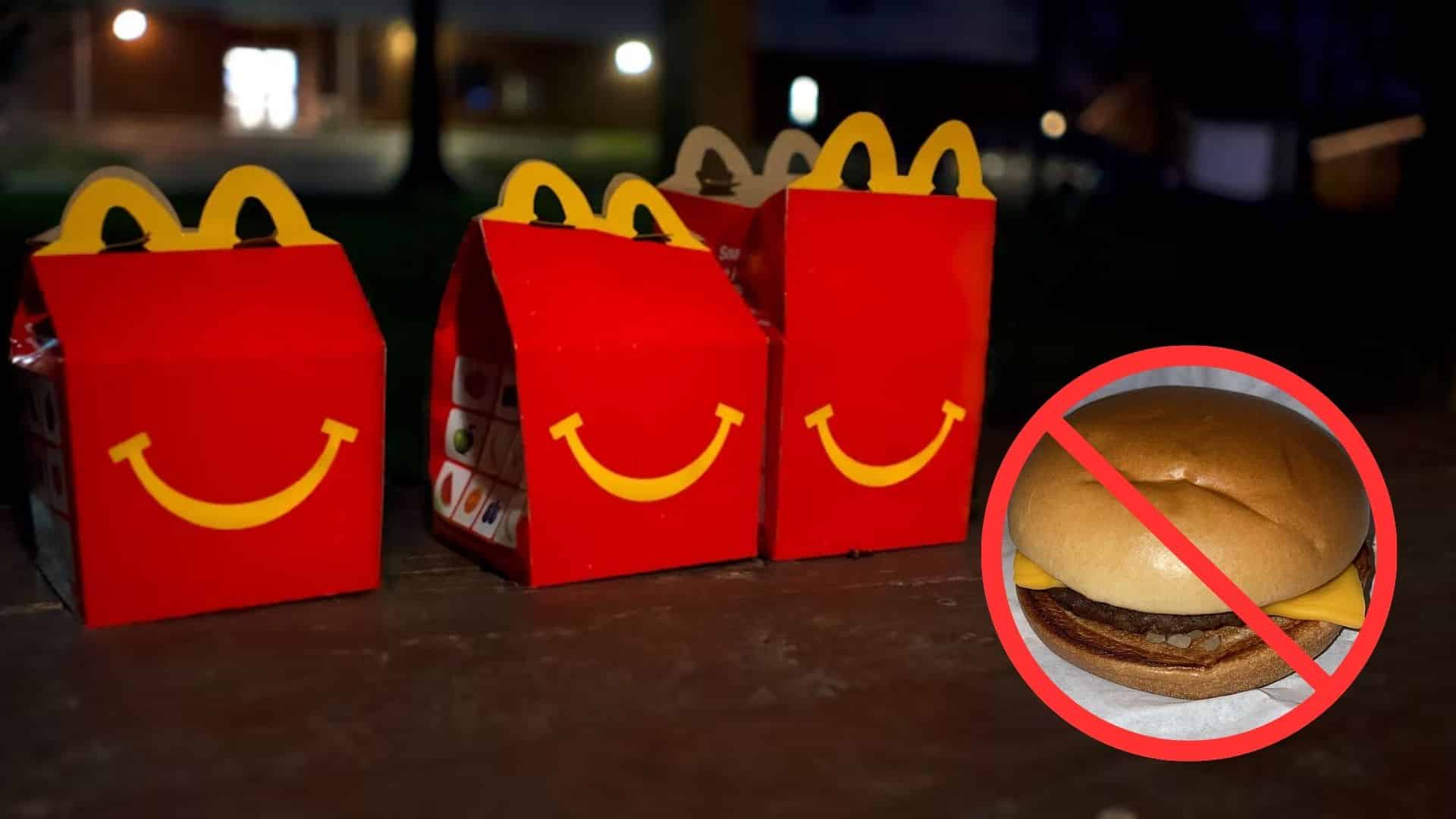

McDonald’s Happy Meal has always been a childhood staple — bright box, fries, toy, and all. But in 2018, parents noticed something missing: the cheeseburger. They wondered if it was a mistake, but it wasn’t. The decision wasn’t random. It reflected years of growing health awareness, pressure from nutrition experts, and McDonald’s attempt to modernize its most iconic kids’ meal while preserving its joy-filled reputation.
A Global Icon Since 1979
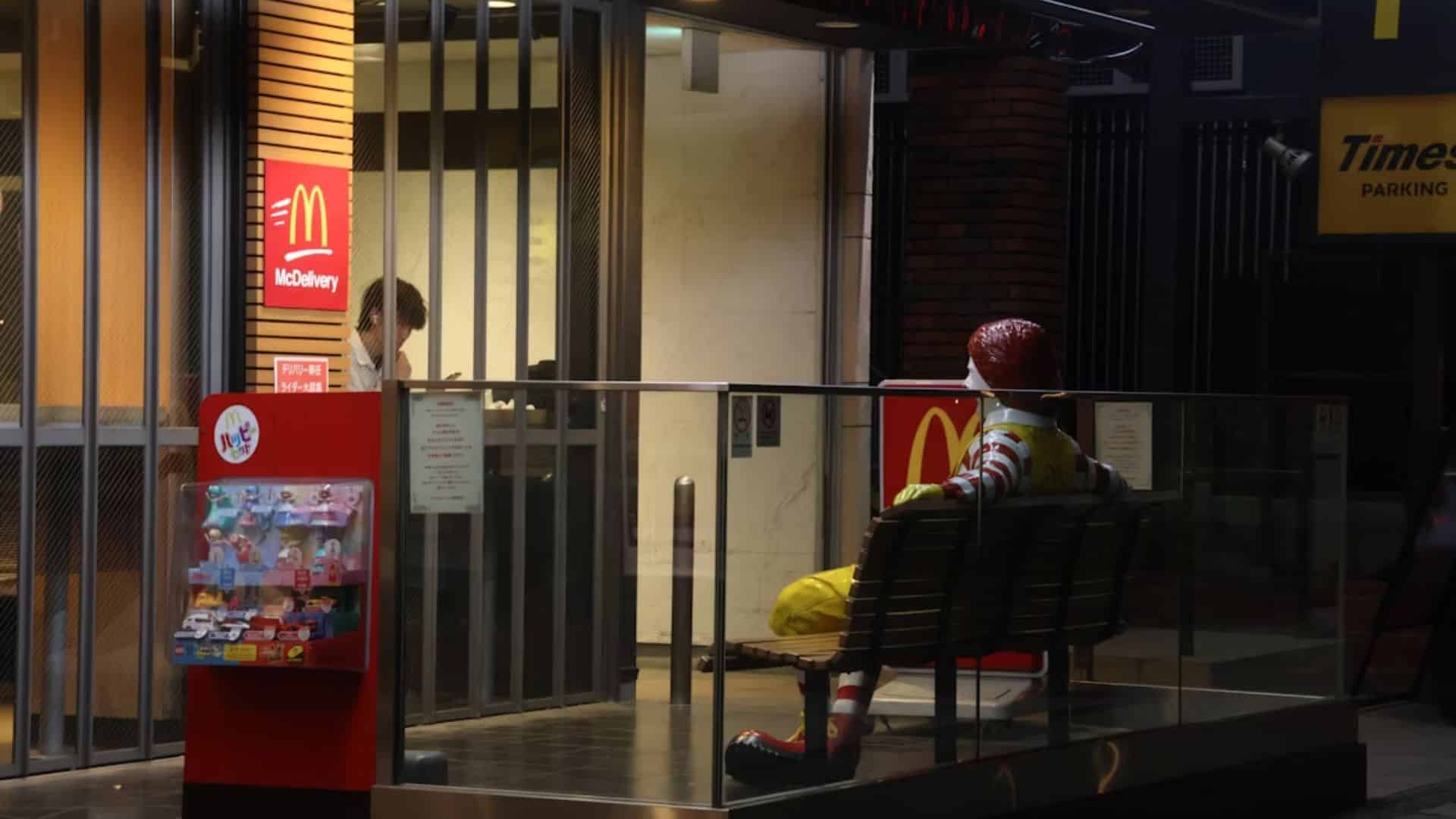
When the Happy Meal launched in 1979, it transformed fast food into family culture. The colorful box and collectible toys made McDonald’s a global childhood ritual. With over 2.7 million sold daily, the meal became a global symbol of fun. But times changed — and so did parents’ expectations. Health concerns began to replace nostalgia, pushing McDonald’s to rethink what “happy” should mean on a nutritional level.
The Turning Point

By the 2010s, McDonald’s faced mounting criticism over kids’ nutrition. Parents, pediatricians, and advocacy groups demanded lower-calorie, lower-sugar options. Under this pressure, the brand committed to reformulating its menu. It began promising more balanced meals worldwide — pledging reduced calories, less sodium, and fewer added sugars. The message was clear: McDonald’s wanted to keep families loyal, but it had to meet new health-conscious expectations first.
The 600-Calorie Rule

In 2018, McDonald’s introduced a strict standard: every Happy Meal must stay under 600 calories, with limited sugar, fat, and sodium. That guideline reshaped the menu. Items like full-size fries and soda were swapped for smaller portions, milk, or juice. But when calorie counts were crunched, one beloved option simply didn’t fit — the cheeseburger. The rule that aimed for balance ultimately pushed a classic off the board.
The Cheese Problem
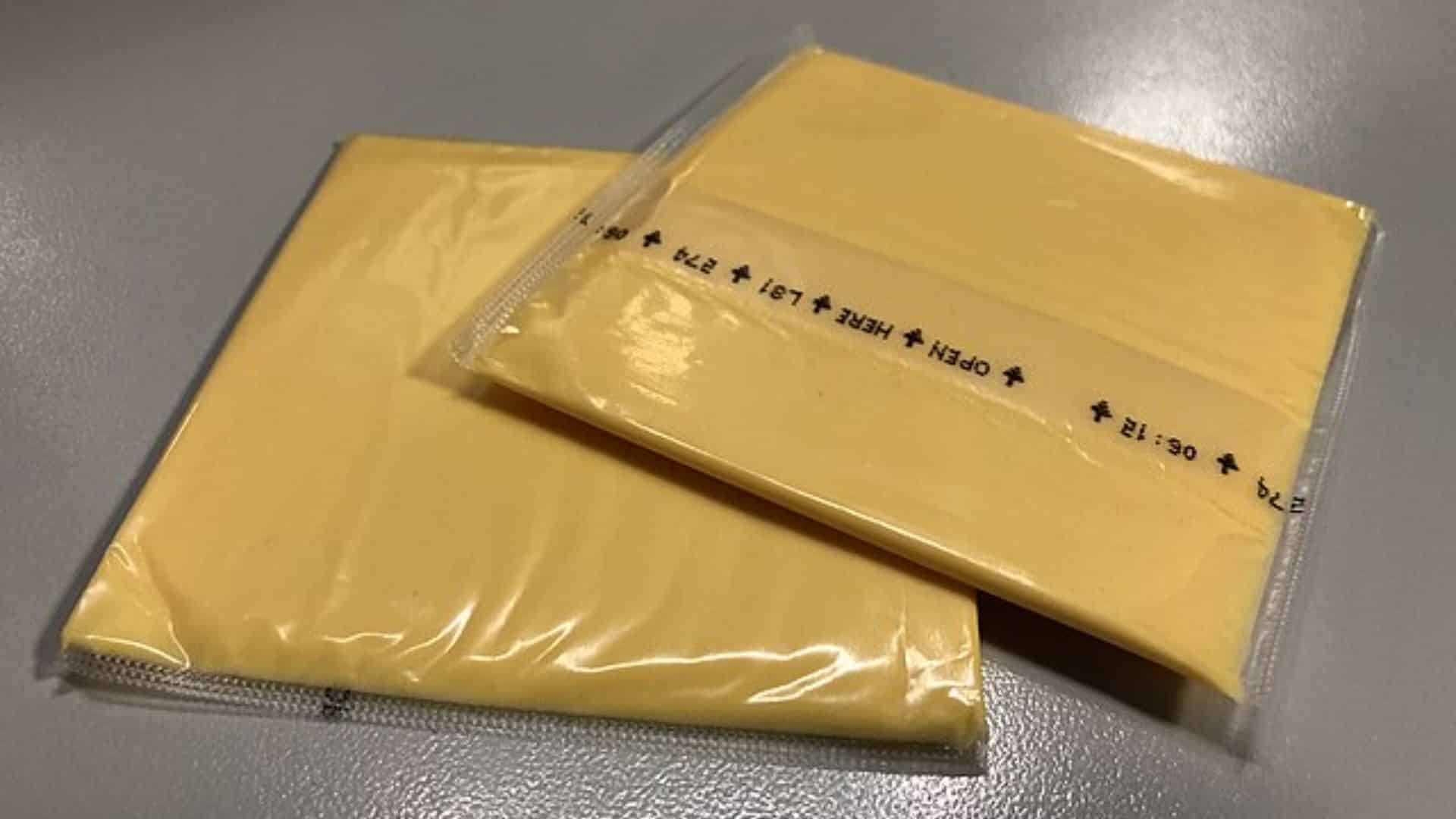
It might seem absurd that a single slice of cheese caused so much trouble, but the numbers proved it. One piece added about 50 calories, 2.5 grams of saturated fat, and 210 milligrams of sodium — enough to break McDonald’s new limits. Removing it wasn’t about changing flavor but meeting health goals. That tiny slice became the unexpected culprit behind a massive menu shift.
Not Gone, Just Hidden
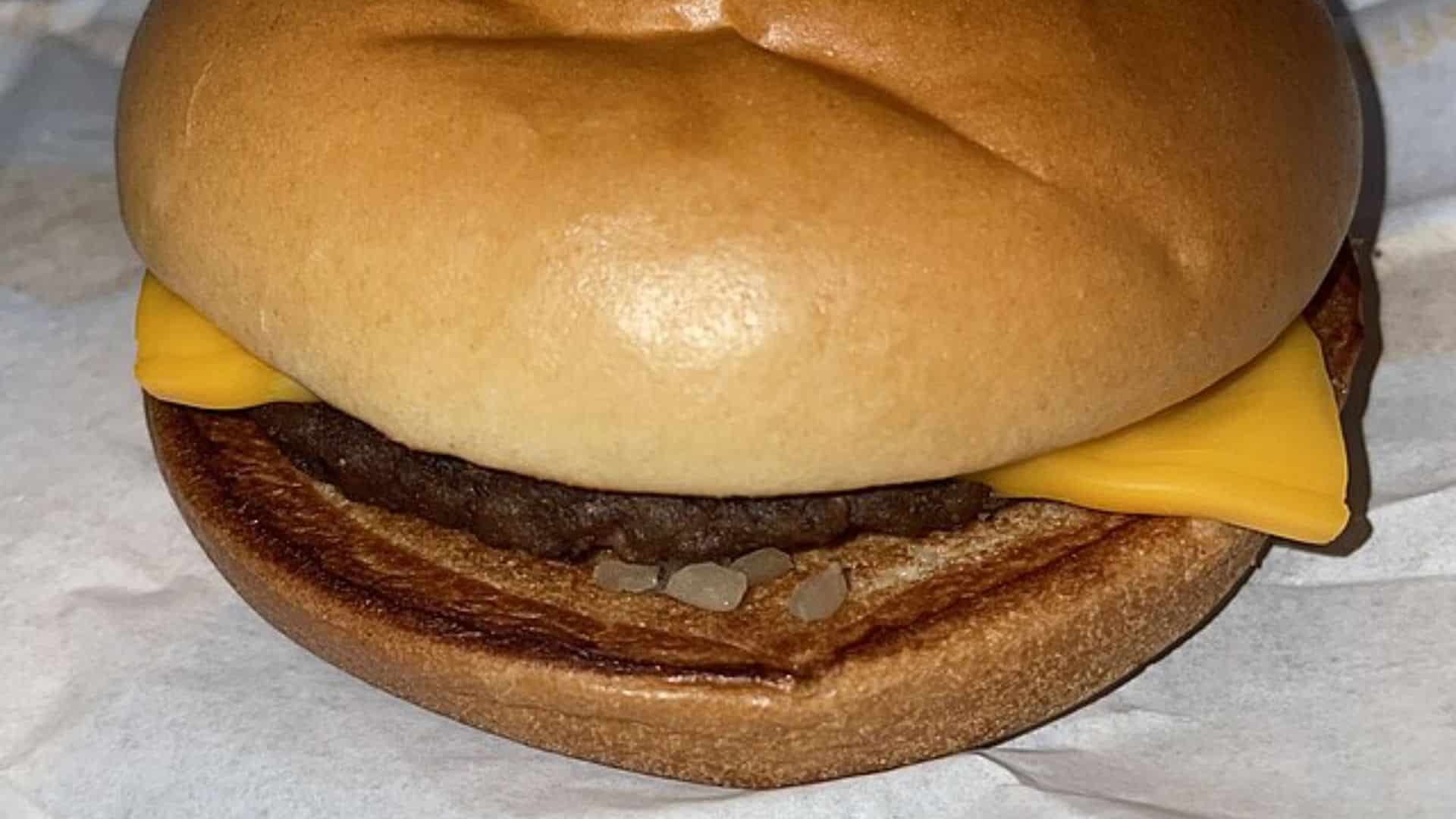
Parents worried their kids would revolt without the cheeseburger, but McDonald’s had a compromise. Though no longer listed, it’s still available upon request. You just have to ask for it. This quiet workaround lets families indulge occasionally while keeping the default options healthier. McDonald’s removed temptation from the menu boards — but not from its kitchens — balancing transparency with choice.
Past Steps Toward Nutrition Overhaul
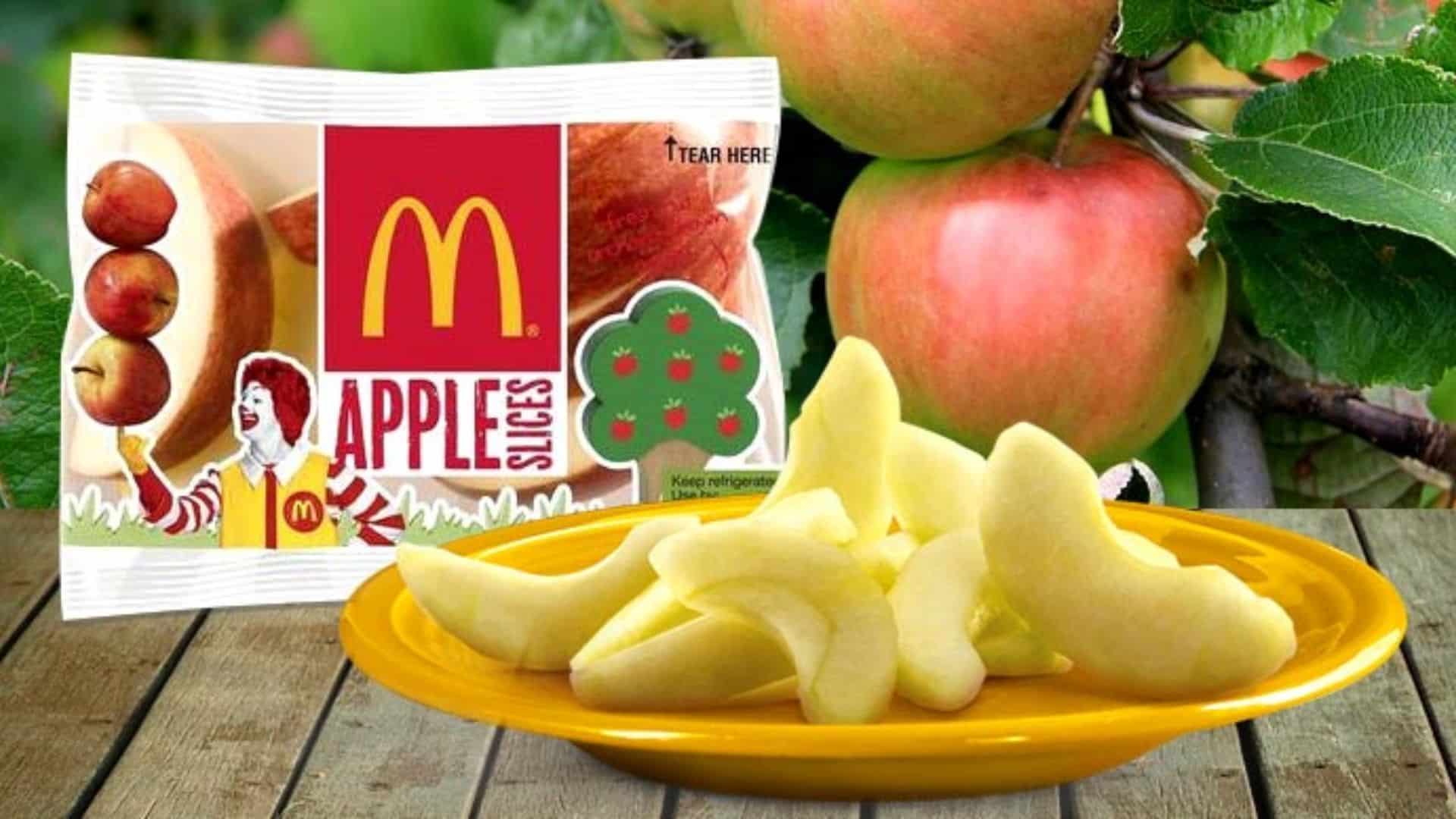
The cheeseburger removal wasn’t McDonald’s first health-focused move. Apple slices joined the Happy Meal in 2012. Soda disappeared in 2014. By 2018, bottled water and organic juice were added. Even fries got smaller, designed just for kids. Step by step, the chain reshaped its offerings to satisfy parents’ concerns. These subtle shifts laid the groundwork for the bigger changes that followed — including saying goodbye to cheese.
Removing Artificial Additives

McDonald’s changes didn’t stop with calories and portion sizes. The company also tackled ingredient quality. By 2020, it reported that 93% of all Happy Meal items had no artificial preservatives, flavors, or colors. This move wasn’t only about nutrition; it was also about rebuilding trust with the consumers. McDonald’s wanted parents to feel better about what their kids were eating, without losing the excitement of that little red box.
Balancing Joy and Responsibility

The Happy Meal isn’t disappearing, it’s evolving. McDonald’s wants to keep the magic alive while appealing to modern families who care about health. By quietly adjusting ingredients and calorie counts, the company found a way to stay playful without seeming careless. It’s still a treat, but now it feels a bit more responsible — a sign of how fast food is learning to grow up, too.
The Happy Meal Evolves with the Times
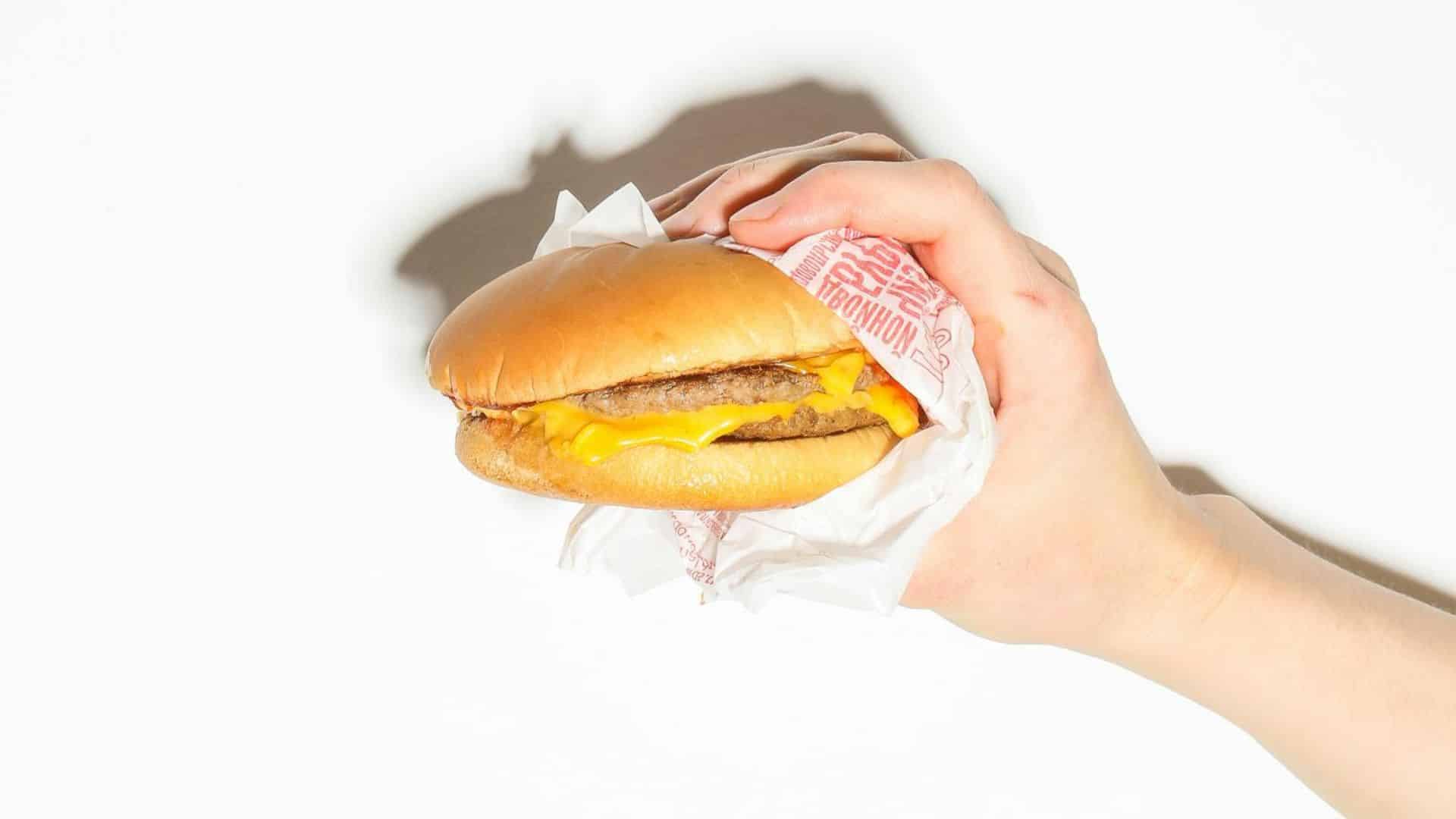
The cheeseburger didn’t vanish for good — it just stepped aside for a healthier future. McDonald’s balanced nostalgia with accountability, proving even comfort food can adapt. The Happy Meal remains fun, familiar, and full of memories — just with fewer calories and more thought behind it. In today’s world, that’s what happiness looks like: small changes with a big impact.
